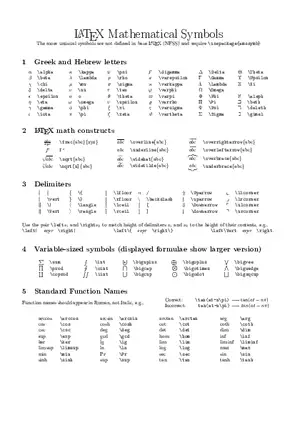Assignment
Proportions in Triangles Practice
-
University:
California Institute of Technology -
Course:
ACM 206 | Topics in Computational Mathematics Academic year:
2020
-
Views:
260
Pages:
2
Author:
5CelestialChronicle
Related Documents
- Geo Chapter 3.1-5 Notes
- MATH-A 100: Sec.1.3 Week 1 - Doing Calculations With Signed Numbers
- Fraction Operations: Multiplying and Dividing Fractions
- Foundations of Math: Properties and Equations
- Week 17: Economic Growth
- Dealing with Division Involving Zero: Special Study Cases
- Solving Equations and Special Cases
- IGCSE Mathematics: How to find the quadratic functions with information given
- Rational Polynomials Addition & Subtraction
- Multiplying and Dividing Rational Polynomials
- Real-Life Applications: Solving Word Problems Using Equations
- Special Cases, Substitution, and Sum/Difference of Cubes
- Special Cases in Factoring: Difference and Sum of Squares
- Understanding Slope: Calculation Methods and Interpretation
- MATH-A 100: Rectangular Coordinate System
- MATH-A 100: Sec. 2.6 Detailed Notes - Calculating percentages
- Mastering Perimeter and Area: Formulas, Calculations, and Precision
- Solving Equations: Mastering the Art of Undoing
- Equation Solving & Solution Determination in Math
- Understanding Bases, Exponent Rules, and Special Cases
Report
Tell us what’s wrong with it:
Thanks, got it!
We will moderate it soon!
Report
Tell us what’s wrong with it:
Free up your schedule!
Our EduBirdie Experts Are Here for You 24/7! Just fill out a form and let us know how we can assist you.
Take 5 seconds to unlock
Enter your email below and get instant access to your document












